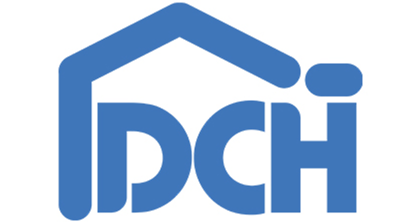With the passage of time and technology, prefab housing is gaining quite the traction in the real estate industry. The following focus is on the future of manufactured prefab housing while elaborating on the trends that are far grabbing the vision of the readers in the coming decades. Modern living sees prefab houses on a whole new level thanks to the evolution of technology, durability, and constructive measures.
What stands out the most within the manufactured homes industry is the paradigm shift from traditional brick and mortar homes to more sustainable building solutions. Most of the manufacturers are more focused on reducing their carbon emissions by utilizing sustainable materials and energy-efficient designs. This development not only decreases the carbon footprint of a new construction but also caters to the green market. The entire prefabricated construction even promoting use of solar panels and recycled materials becomes an appealing factor to a wider clientele.
Last but not least is the increase in the ease and comfort that high-tech devices provide. Global demand for intelligent homes is expected to grow, automating sensors, thermostats, and other appliances. This leads to embracing the trend of smart homes. Not only has it improved the usability of these smart homes, it has also increased its value, making its more desired by the tech economy – currently strong rising entity, and opening new market opportunities in fabricated housing.
Customization also plays an important role in the evolution of prefab housing. Indeed, while in situ homes cannot do this, prefab houses can be designed as per the specific requirement and even personalization of the owners. This helps the buyers to select the preferred layouts, finishes or even particular features in those attributes of the structure that they wish to make the house their own. Given that there will be an increasing number of people looking for alternative places to live, the number of people seeking bespoke prefabricated houses is predicted to increase, thereby opening up a broad window for manufacturers to use their creativity.
In addition, let us not forget the price of prefab houses. Prefab houses are a good answer to many buyers because construction prices are rising and there are few cheap dwelling options. Prefabricated constructions are able to produce lower quotations on average and make owning a home more attainable because they are accompanied by faster construction times and cheaper labor costs. With affordability still being a major concern within the housing sector, prefab houses are expected to become popular with first-time buyers and people who are hoping to move to smaller houses.
In a nutshell, there is a very bright future for the prefab housing industry because of four factors these being sustainability, technology, customization and affordability. One can only expect that as Blueprints and Drawings for homes continue to evolve, prefab homes have the possibilities of existing in vast volumes of the modern home owners’ market segment. These are trends that all industry professionals and buyers should watch closely as they are bound to influence the housing market in the near future.
To conclude, there are numerous reasons to suggest that the prefab housing market is set to rapidly expand, particularly with the evident global tendency towards increased approved architectures that are more eco-friendly and technology-integrated features. The prophecy of the sale of prefab houses evolving not only with time but with the increased demand of changing consumers is one that is realistic and achievable.

